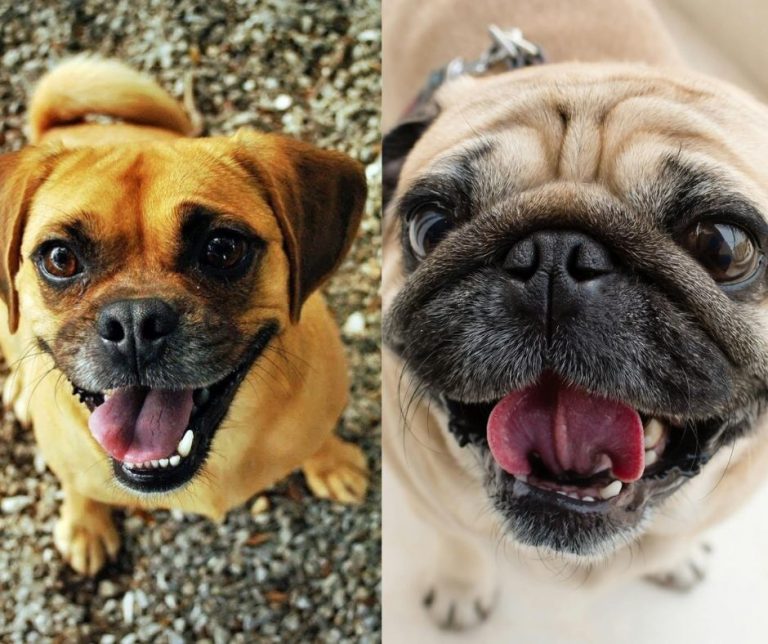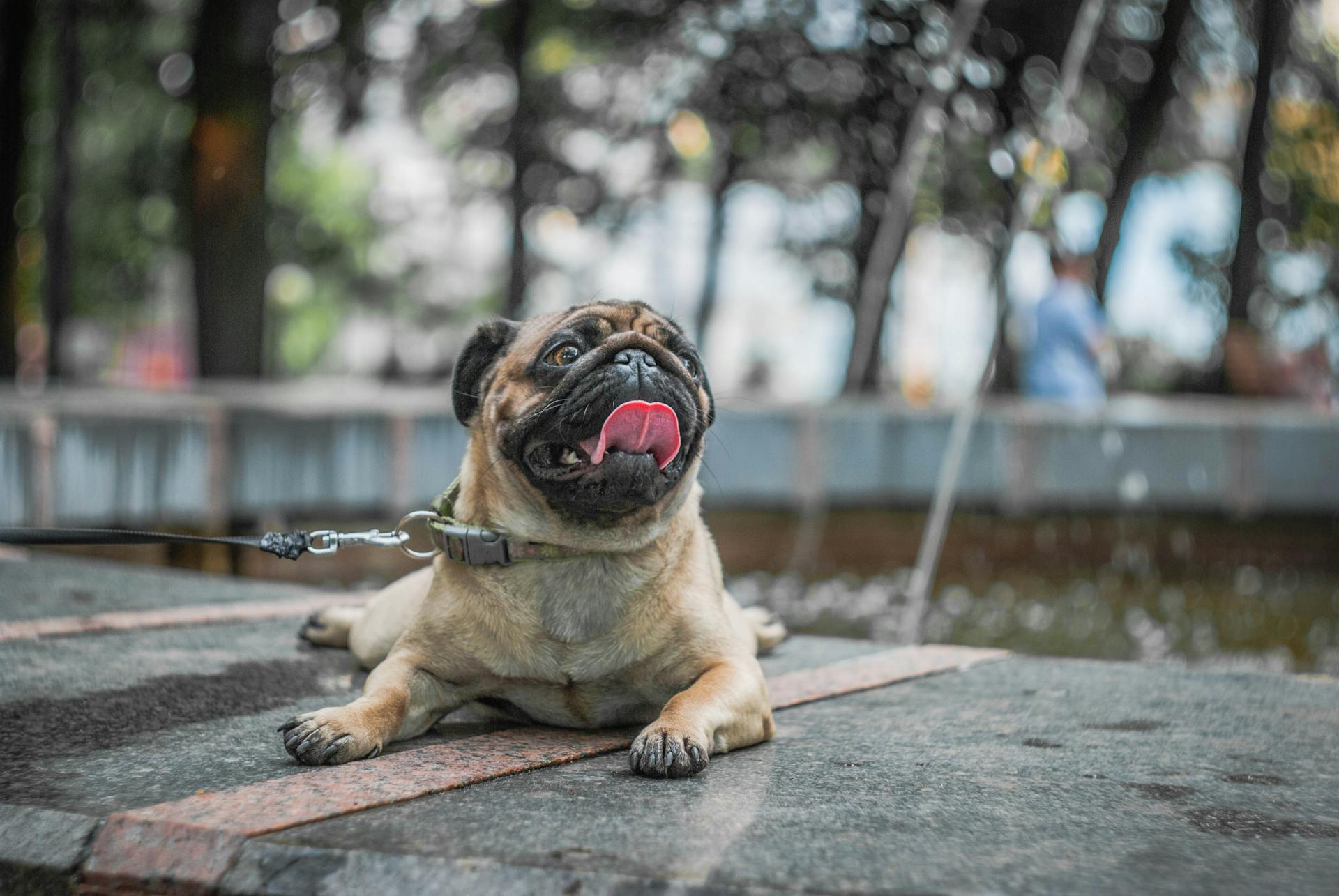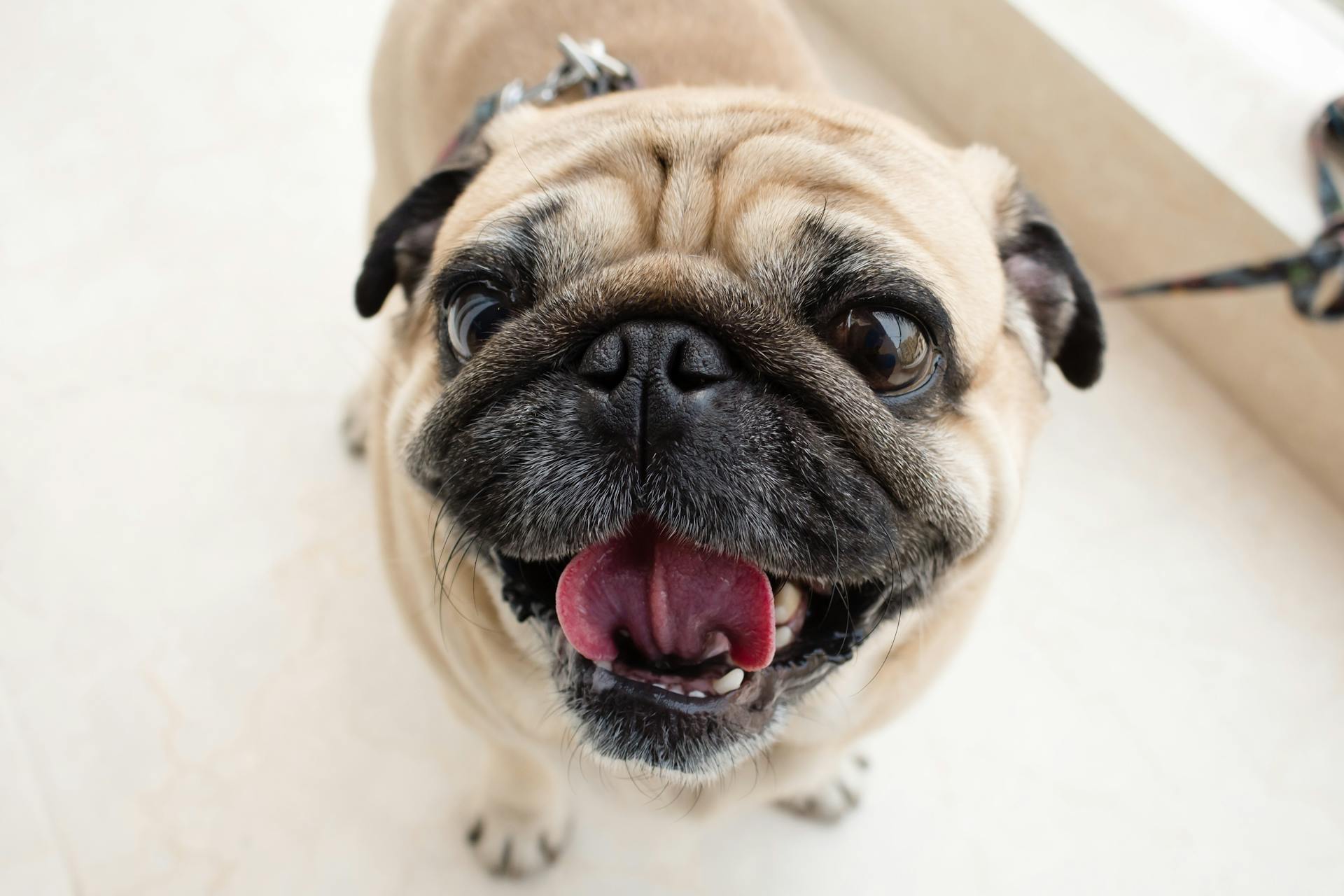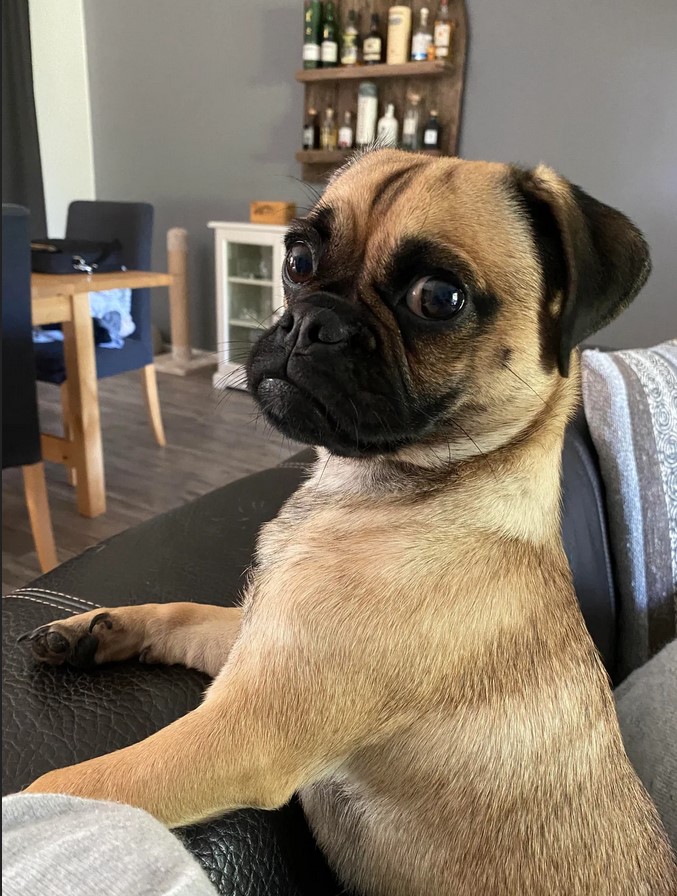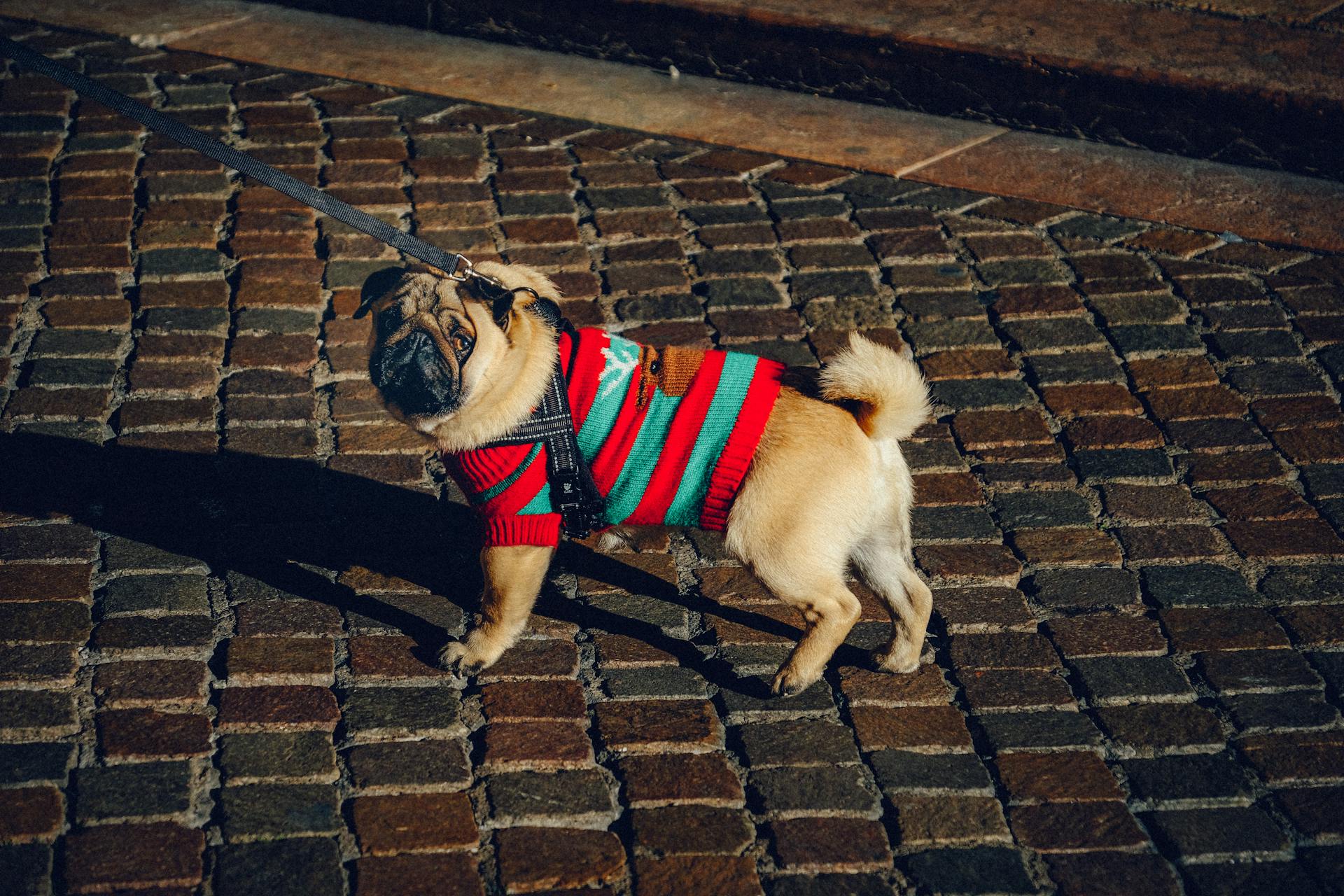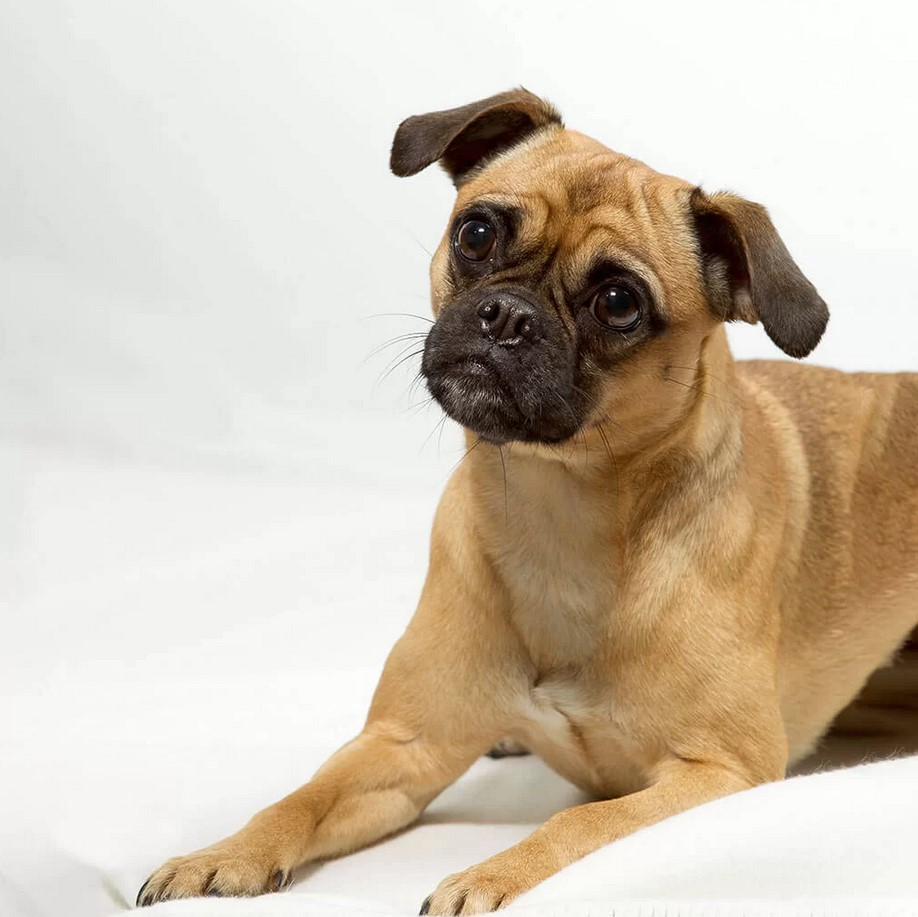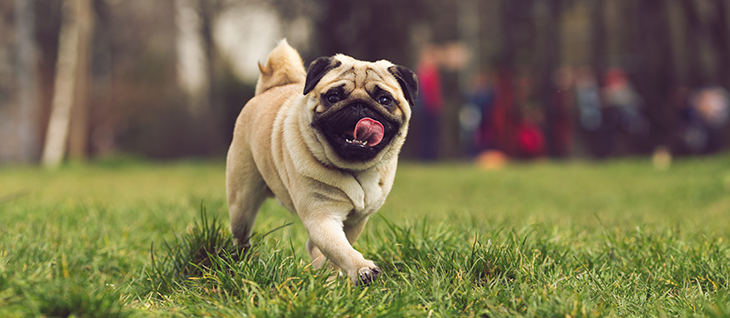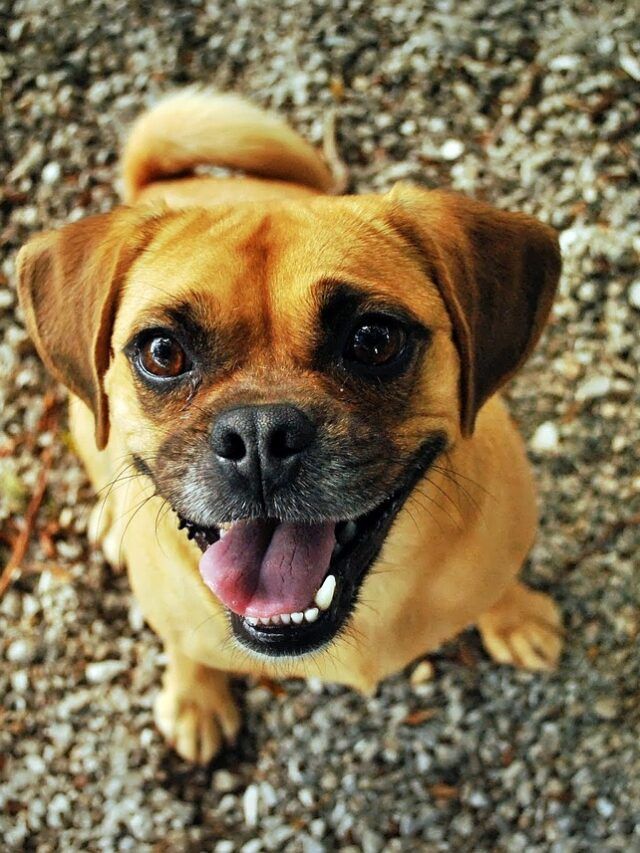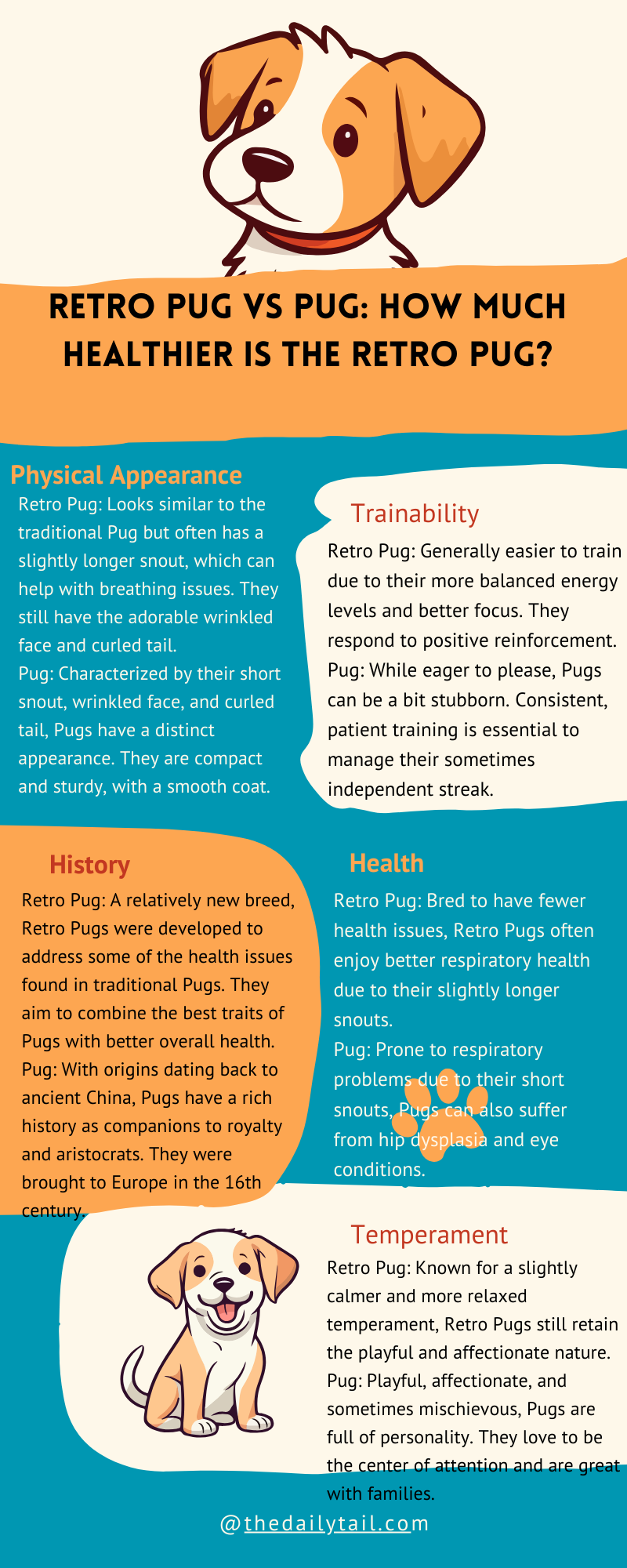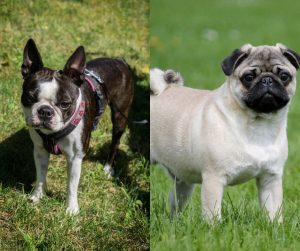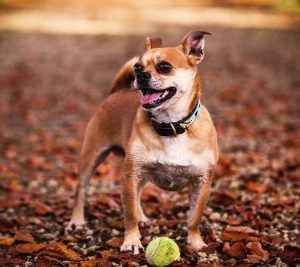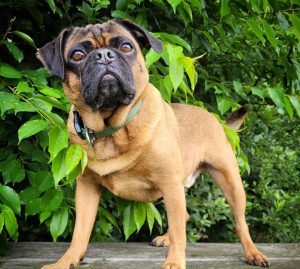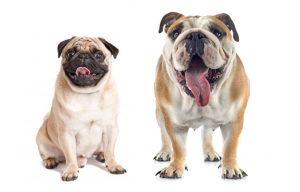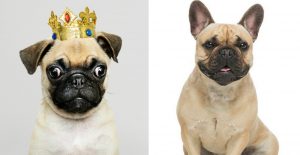I’ve always been fascinated by pugs, those adorable wrinkly-faced dogs that seem to melt hearts wherever they go.
Recently, I learned about a new twist on this classic breed – the retro pug puppy. Retro pugs are a crossbreed that aims to bring back some of the original pug characteristics, particularly a longer snout and fewer wrinkles.
As a dog lover, I was curious to explore the differences between retro pugs and traditional pugs.
I found out that retro pugs are slightly larger than their purebred counterparts and have a more elongated face. This change in facial structure is meant to address some of the breathing issues that pugs often face due to their flat noses.
While both breeds share that lovable pug personality, I discovered that retro pugs might be a bit more active due to their improved breathing capacity. It’s an interesting development in the world of dog breeding, and I’m excited to dig deeper into the pros and cons of each type.
Let’s take a deeper look into the Retro Pug vs Pug dog breed comparison.
Key Takeaways
- Retro pugs have longer snouts and fewer wrinkles than traditional pugs
- The crossbreed aims to reduce health issues associated with flat-faced dogs
- Both types share the classic pug personality but may differ in activity levels
A Friendly Overview of the Pug Breed
Pugs are charming little dogs with a rich history and unique physical features. I’ve always been fascinated by their squished faces and playful personalities. Let me share some interesting facts about these lovable companions.
Pug Basics: From China to European Popularity
Pug dogs have quite the backstory! They originated in China over 2,000 years ago. Chinese emperors loved these cute dogs and kept them as pets. In the 1500s, Dutch traders brought Pugs to Europe. They quickly became popular with European royalty and nobles.
Queen Victoria was a big fan of Pugs in the 19th century. Her love for the breed helped make them even more popular in England. Today, Pugs are beloved pets all around the world. They’re known for being friendly, affectionate, and great with kids.
Physical Traits: Wrinkles, Snout, and Tail
When I think of Pugs, the first thing that comes to mind is their adorable wrinkly faces. Those deep wrinkles are a key feature of the breed. Their flat, pushed-in snouts give them a unique look, but can sometimes cause breathing issues. We have to remember that the American Kennel Club sets the breed standard for the standard Pug dog. The AKC doesn’t recognize the Retro Pug puppy.
Pugs have compact, sturdy bodies with short legs. They usually weigh between 14-18 pounds. One of my favorite things about Pugs is their curly tail. It’s often described as “double-curled” and sits tightly against their back.
Their coat is short and smooth, coming in colors like fawn, black, or silver. Pugs shed quite a bit, so regular brushing is a must if you have one as a pet.
Retro Pugs: A Twist on the Classic
I’ve noticed a new pug-like breed catching attention lately. These dogs have longer snouts and fewer wrinkles than traditional pugs, but still keep that lovable pug personality.
Origin and Recognition
Retro pugs were created in Germany in the late 20th century. Retro Pug breeders wanted to address health issues in regular pugs, especially breathing problems from their flat faces. They mixed a traditional Pug with a Jack Russell Terrier and other longer-nosed breeds.
The goal was to bring back features of older pug types from centuries ago. While not officially recognized by major kennel clubs yet, retro pugs are gaining fans. Some people call them “retro mops” too.
I think it’s cool how breeders are trying to keep the pug’s charm while making them healthier.
How They Differ from Standard Pugs
When I look at a Retro Pug vs Pug puppy, I notice some key differences:
- Longer snout (about 1-2 inches)
- Fewer skin folds and wrinkles
- Slightly larger body (usually 2-4 pounds heavier)
- Longer legs
- Less curved tail
These changes aren’t just about looks. The longer snout helps retro pugs breathe easier and reduces snoring. Their eyes also bulge less, lowering risks of eye problems.
Retro pugs tend to be more energetic and athletic than standard pugs. But they keep that sweet, playful pug personality I love.
I find it fascinating how small tweaks to the breed can make such a big difference in health and abilities.
Temperament and Personality Traits
Retro Pugs and traditional Pugs share many lovable qualities, but there are some key differences in their personalities. Let’s take a closer look at how these adorable pups behave and interact with their families.
Character and Interaction with Families
Both Retro Pugs and Pugs are known for their affectionate nature. I’ve noticed they’re real cuddle bugs, always eager to snuggle up on the couch with their humans. They’re great with kids too, patient and gentle even when little hands get a bit grabby.
Pugs tend to be a bit more laid-back, while Retro Pugs have a touch more energy. I find Retro Pugs are slightly more playful, always up for a game of fetch or a romp in the yard. But don’t worry, they’re not bouncing off the walls – just a tad more active than their squishy-faced cousins.
Training, Intelligence, and Sociability
When it comes to training, I’ve seen both breeds pick up commands pretty quickly. They’re smart cookies, but they can have a stubborn streak. Positive reinforcement works wonders – a treat or two goes a long way in keeping them motivated.
Socialization is key for both types. I recommend exposing them to different people, pets, and situations from a young age. This helps them grow into friendly, well-adjusted adults.
Pugs and Retro Pugs alike are usually good with strangers, but Retro Pugs might be a smidge more outgoing.
In my experience, both breeds are eager to please their owners. They’re attentive and quick to learn, making them fun to train. Just be patient and keep sessions short – their attention span can be as short as their legs!
Size, Weight, and Appearance Details
Retro Pugs and standard Pugs have some noticeable differences in their looks and build. I’ll break down the key features that set them apart, including their sizes, weights, and unique physical traits.
Comparing Retro Pugs and Standard Pugs
Retro Pugs are usually a bit bigger than regular Pugs. They weigh about 15-25 pounds, while standard Pugs are typically 13-20 pounds. Retro Pugs stand around 10-15 inches tall at the shoulder.
The biggest difference I see is in their faces. Retro Pugs have longer snouts and fewer wrinkles than the squished-face Pugs we’re used to. Their eyes are bigger, and their ears might be larger too. This is thanks to the genetics of the Jack Russell terrier.
Retro Pugs also have leaner bodies and longer legs. Their tails aren’t as tightly curled as standard Pugs’. To me, they look more like what Pugs used to look like way back when.
Color Variations and Coat Characteristics
Both Retro and standard Pugs come in similar colors. I’ve seen them in black, fawn, apricot, and silver. Their coats are short and smooth, which makes them easy to take care of.
Fawn is the most common color I’ve noticed. It can range from a light tan to a deeper golden shade. Black Pugs are pretty striking with their shiny coats.
Some Retro Pugs might have different markings because of their Jack Russell Terrier genes. I’ve seen some with white patches or different color patterns that you wouldn’t find on a purebred Pug.
Health and Wellness Insights
I’ve found that retro pugs and traditional pugs have some key differences when it comes to health. The breeding choices for each type can impact their well-being in various ways. Let’s take a closer look at some specific health concerns and care tips. Retro Pugs were bred to reduce the health issues of brachycephalic dogs like Pugs. Any brachycephalic breed suffers from breathing issues. By mixing purebred dog with healthier dogs, Retro Pugs have longer lifespan.
Common Health Problems and Breathing Issues
Pugs often struggle with breathing problems due to their flat faces. This can lead to snoring, overheating, and exercise intolerance. I’ve noticed retro pugs tend to have fewer breathing issues thanks to their longer snouts.
Eye problems are common in both types, but pugs may be more prone to eye injuries and infections. Hip dysplasia can affect both, though it seems less frequent in retro pugs.
Skin fold infections are another concern, especially for pugs with deeper wrinkles. Retro pugs usually have fewer skin folds, reducing this risk.
Diet, Exercise, and Regular Vet Visits
I always tell regular Pug owners to be careful about overfeeding. Both types can easily gain weight, which puts extra strain on their joints and breathing. A balanced diet is key.
For exercise, I recommend short walks and play sessions for pugs. Retro pugs can often handle a bit more activity. It’s important to watch for signs of overexertion in both.
Regular vet check-ups are crucial. I suggest twice-yearly visits to catch any health issues early. This is especially important for pugs, given their higher risk of certain problems.
Dental care is vital for both types. Daily tooth brushing and dental treats can help prevent gum disease, which is common in flat-faced breeds.
Grooming Requirements and Care
Keeping a traditional Pug or Retro Pug looking their best takes some work. I’ve found these squishy-faced cuties need regular grooming to stay healthy and comfortable.
Hair and Nail Maintenance
I recommend brushing your pug’s coat 2-3 times a week to control shedding and distribute oils. Their short, dense fur doesn’t tangle much, but regular brushing helps remove loose hair. You can use a rubber curry brush or grooming mitt – they work great for pugs’ coats.
Nail trims are important too. I recommend to clip your pug’s nails every 2-3 weeks. If you hear clicking on hard floors, it’s time for a trim. I’m always careful not to cut too short and hurt the quick.
For retro pugs, I find their slightly longer coat needs a bit more brushing – maybe 3-4 times weekly. Their nails grow at about the same rate as pugs.
Avoiding Skin Issues and Keeping Them Clean
Pugs and retro pugs are prone to skin fold issues, so regular cleaning is a must. I clean my pug’s facial wrinkles daily with a damp cloth or pet wipe. It prevents irritation and nasty smells. Retro pugs have fewer wrinkles, but still need regular cleaning.
Bathing every 3-4 weeks keeps them smelling fresh. You can use a gentle dog shampoo and make sure to rinse thoroughly. Afterward, dry carefully between skin folds to prevent moisture buildup.
I recommend checking ears weekly too, cleaning gently with a pet ear cleaner if needed. Pugs can be prone to ear infections, so staying on top of ear care is key.
Living with Your Pug: Lifestyle and Adaptability
Pugs make wonderful companions, fitting well into various lifestyles. They adapt easily to different living situations and form strong bonds with their families.
Home Environment and Space Needs
Pugs don’t need a ton of space, which is great for apartment living. I’ve seen them thrive in small homes as long as they get enough attention and exercise.
They’re not high-energy dogs, so a daily walk and some playtime usually does the trick.
I always tell new pug owners to pug-proof their homes. These curious little dogs can get into mischief! It’s smart to keep small objects out of reach and secure trash cans.
Pugs do best in moderate temperatures. I make sure mine stays cool in summer and warm in winter. A comfy bed in a draft-free spot is a must for these snuggly pups.
Pugs as Social Pets and Companions
I can’t stress enough how social pugs are. They love being around people and other pets. My pug follows me everywhere – they’re real velcro dogs!
These little guys can get pretty attached. I’ve had to work on preventing separation anxiety with mine. Leaving toys and a radio on when I go out helps a lot.
Pugs are great with kids and make fun playmates. They’re patient and gentle, but I always supervise interactions to keep everyone safe.
I’ve found pugs to be real people-pleasers. They’re always up for cuddles and love to entertain with their silly antics. It’s hard to feel down with a pug around!
Parenting Your Pup: Training and Socialization
Training and socializing my pug or retro pug is key to raising a happy, well-behaved pet. I’ve found that starting early and being consistent makes a big difference in how my pup turns out.
Foundations of Obedience Training
When you begin training your Pug puppy, I recommend starting with basic commands like “sit,” “stay,” and “come.” Keep training sessions short and fun, using lots of treats and praise. Pugs can be stubborn, so stay patient and upbeat.
Use positive reinforcement, rewarding good behavior instead of punishing mistakes. This works great for both pugs and retro pugs. Clicker training is another tool I like – the click marks the exact moment your pug does something right.
For house training, take your pup out often and praise them when they go outside. Accidents happen, but you should never scold. Clean up and try to prevent it next time.
Building a Sociable and Well-Behaved Pet
Socializing a pug puppy early on is so important. Introduce them to lots of people, animals, and situations when they’re young. This helps prevent fear or aggression later.
You can take your pup to puppy classes to play with other dogs. At home, invite friends over to meet your dog.
You can bring your pup to new places like parks or pet stores.
Teaching good manners is part of socialization too. Don’t let your dog jump on people or beg for food.
Instead, reward calm, polite behavior. This way, your pup learns how to behave around others.

